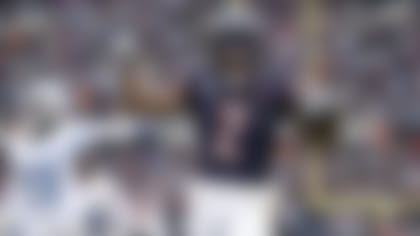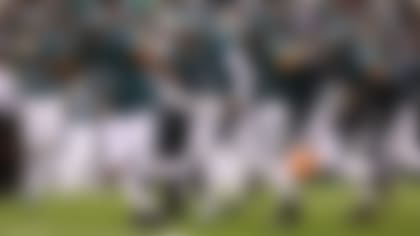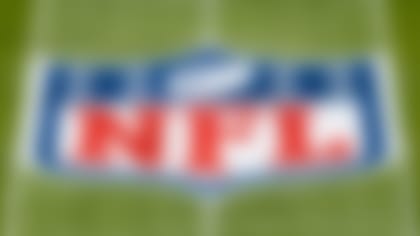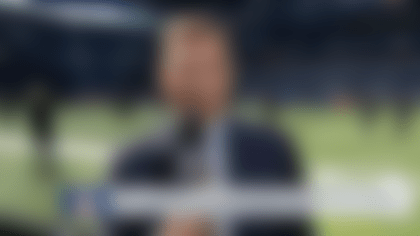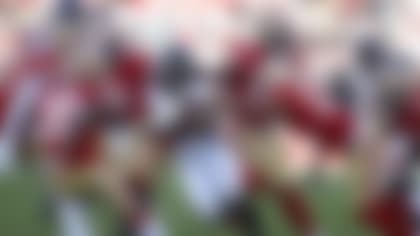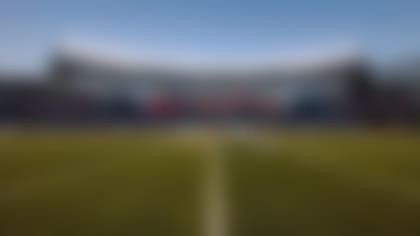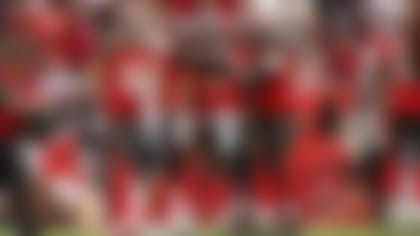Summary
In 2015, the NFL decided to give medical personnel in the press box the authority to call a medical timeout. For the first time in a major sport, these experts off-the-field can freeze the game clock in order to ensure that medical personnel properly evaluate a player.
Another Set of Eyes
High above the football field, inside the press box, independent athletic trainers—called "spotters" or "eyes in the sky"—are tracking all possible injuries on the field.
They're in constant communication with sideline medical staff to make sure they're aware of things they might have missed. And they also help identify the proper replays to assist team doctors in diagnosing potentially injured players.
Now, these athletic trainer spotters have the authority to call a timeout if they see a player needing assistance.
It's the first time in a major sport a non-participant can freeze the game clock for player safety.
A New Rule Designed for a Fast Game
The origin of the program dates back to a violent hit during the 2015 Super Bowl.
During a late drive by the New England Patriots, wide receiver Julian Edelman was sent to the ground by a strong helmet-to-helmet hit from Seattle Seahawks safety Kam Chancellor.
Edelman stayed in the game and eventually caught the game-winning touchdown for the Patriots.
Despite the fact Edelman was never diagnosed with a concussion, the play demonstrated the need for a mechanism through which a player can receive immediate medical attention in the midst of a game.
One month later, NFL owners approved the new medical timeout.
A Particular Expertise
The NFL's athletic trainer spotters with the authority to call a medical timeout have to meet several standards to prove their medical expertise. Another requirement: they have not been employed by an NFL team in the past 20 years.
Bill Reger has all the credentials. He's the athletic trainer at Pascack Valley High School in Hillsdale, New Jersey—and spots during Jets and Giants games at MetLife Stadium.
Scott Zema, Associate Athletic Director at Stevenson University in Owensville, Maryland, is also a spotter. This is how he explains his role on his LinkedIn profile:
"Utilizing the injury video review system's monitor and recording equipment to monitor, the ATC spotter watches and reviews network footage of the game, observes play on the field, and monitors the broadcast feed of that game to identify players who may potentially be injured on a play, with an emphasis on concussions and other head and neck injuries."
For the 2016 season, the NFL has added a second athletic trainer spotter in the press box to enhance protection for players across a 100-yard field.
Historic Timeout
The NFL's first medical timeout came during last season.
The Rams, playing in St. Louis at the time, were leading the Pittsburgh Steelers at home in the fourth quarter.
A Rams running back broke through for a seven-yard run before being tackled by Steelers cornerback Antwon Blake.
The independent spotter called a medical timeout and Blake was taken from the field and evaluated for a concussion.
In the end, Blake was cleared—and was able to finish the game.
How a Medical Timeout Works
In the event the booth ATC spotter: (i) has clear visual evidence that a player displays obvious signs of disorientation, is clearly unstable, or displays other obvious sign of concussion; and (ii) it becomes apparent that the player will remain in the game and not be attended to by the club's medical or athletic training staff, then the booth ATC spotter will take the following steps:
- If the player does not receive immediate medical attention, the booth ATC spotter contacts the Side Judge over the Official-to-Official communication system to identify the player by his team and jersey number.
- They then contact the medical staff for the player involved to advise that the player appears to be in need of medical attention.
- The booth ATC spotter remains in contact with the medical staff until the medical staff confirms that a concussion evaluation has occurred or is underway. It is the booth ATC spotter's responsibility to confirm that a concussion evaluation has occurred prior to the player returning to play. If a booth ATC spotter observes a player returning to the game without receiving express confirmation that an evaluation has occurred, the booth ATC spotter shall signal to the official for a medical timeout.
- Upon being called by the booth ATC spotter, the Side Judge will immediately stop the game, go to the player in question, and await the arrival of the club's medical personnel to ensure that the player is attended to and escorted off the field. The game and play clock will stop (if running), and remain frozen until the player is removed from the game.
- Medical personnel—including an Unaffiliated Neurological Consultant—will evaluate the player and make a return-to-play decision following the NFL Game Day Concussion Protocol.


